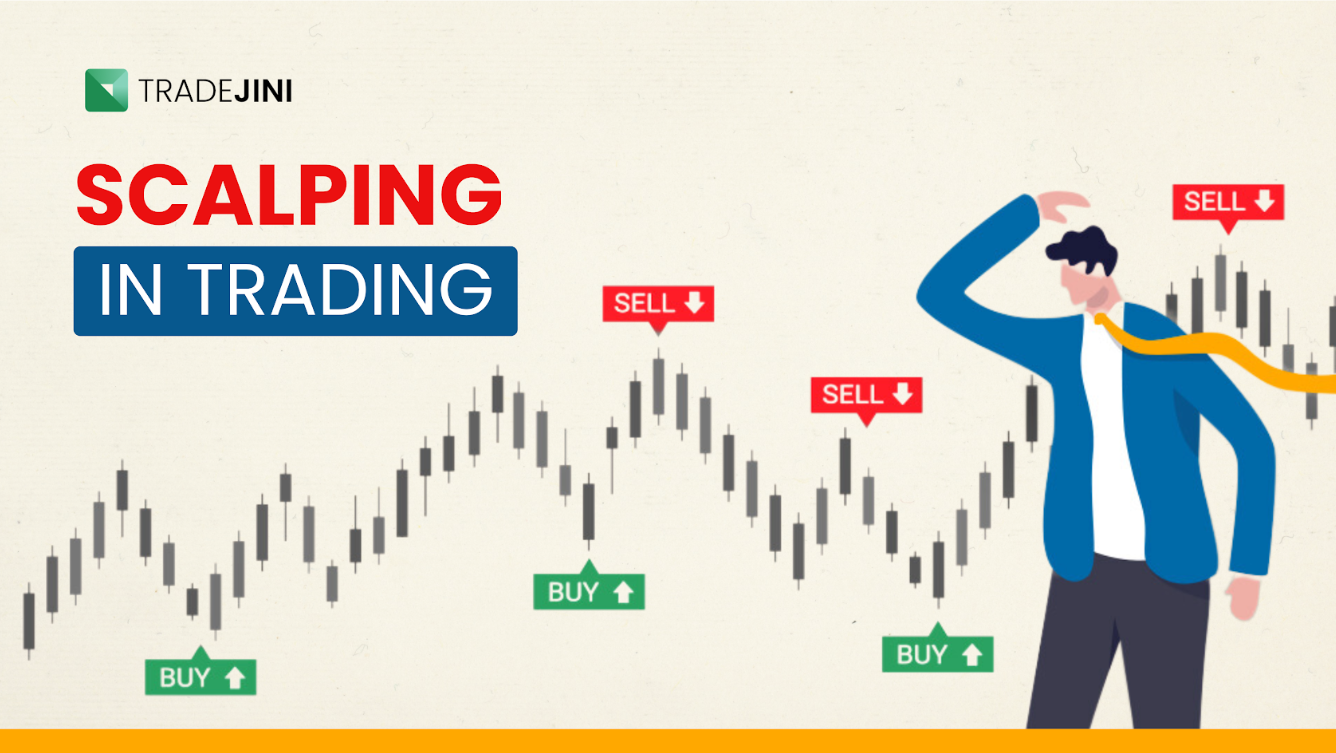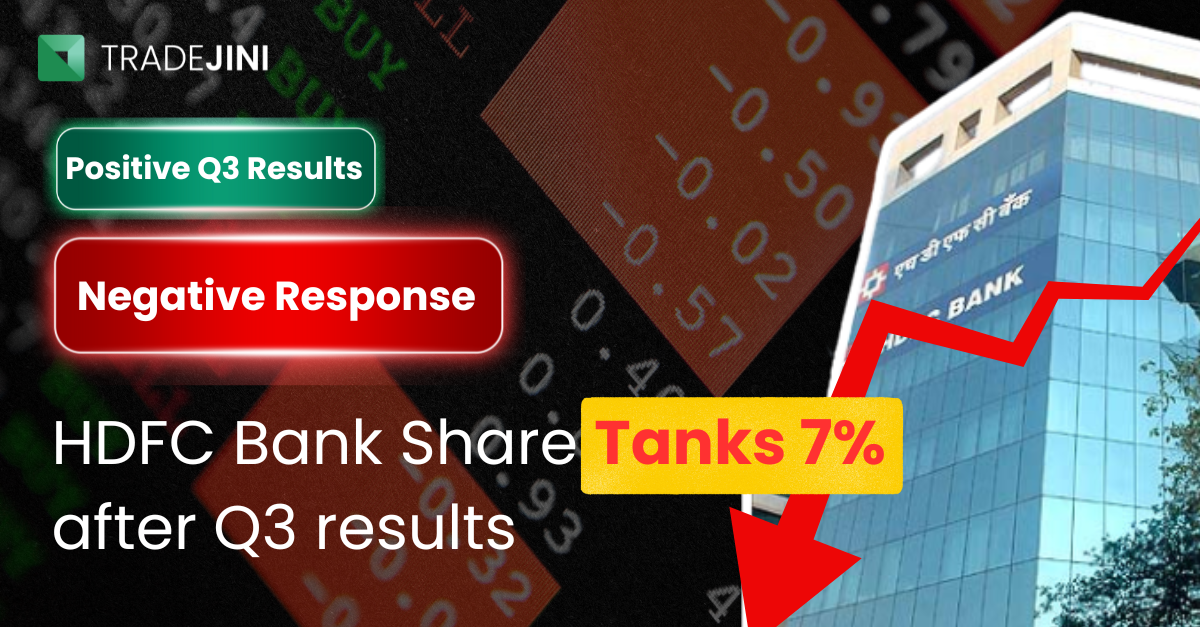If you're an active stock market trader, chances are you've come across the terms 'CE' and 'PE' options. CE, or Call Option, and PE, or Put Option, are essential tools in an options trader’s toolkit.
A CE or call option lets the buyer purchase shares on a future date at a set price, hoping the stock’s value would increase. On the other hand, a PE or put option allows the buyer to sell shares at a set price, expecting the stock price would drop. So, if you want to make the most of your investments, then it is important you understand PE and CE in the stock market. With this, you will be able to make better financial decisions and use effective strategies. In this guide, you will learn CE and PE with examples, when to trade them, and the associated risks.
What is CE in the Stock Market?
CE or call option allows the investor to purchase a stock at a particular price, called the strike price. The investor only purchases the stock if its price rises above this level before the option’s expiration date.
- Example: Suppose you buy a call option with a strike price of ₹100. If the stock’s market price goes up to₹120, you can buy the stock for ₹100, even though it is worth ₹120. Here, your profit would be ₹20 per share, excluding any fees or premiums you paid.
What is PE in the Stock Market?
PE or put option works the opposite way. This option allows the investor the right to sell a stock at a specific price, expecting the stock’s price would fall below the strike price.
- Example: Suppose you purchase a put option with a strike price of ₹100, and the stock’s market price falls to ₹80. You could sell the stock at ₹100 even though it’s now worth only ₹80. This would provide you with a net profit of ₹20 per share.
Difference between CE and PE in the Stock Market
Since CE and PE are significant in options trading, it is essential to comprehend their distinctions. So, here’s a quick comparison:
| Feature | CE (Call Option) | PE (Put Option) |
| Purpose | Right to buy a stock | Right to sell a stock |
| Expectation | The stock price will increase | The stock price will decrease |
| Profitability | When the stock price goes above the strike price | When the stock price falls below the strike price |
| Market Outlook | Rising market (bullish) | Falling market (bearish) |
When Should You Buy or Sell a CE?
Once you understand the basics, you should also know when to buy or sell a call option.
- You should buy a CE if you believe the stock price will increase beyond the strike price.
- You should sell a CE if you think the stock price will not rise much above the strike price.
When Should You Buy or Sell a PE?
- You should buy a PE if you expect the stock price to drop below the strike price.
- You should sell a PE if you believe the stock price would only drop slightly or remain stable above the strike price.
Also Learn: Must-Watch Stock Market Movies and Web Series
How to Calculate the CE and PE Ratio
Knowing the CE-to-PE ratio will help you figure out the market sentiment. The formula to calculate the CE and PE Ratio is:
Formula:
CE-to-PE Ratio = Total Open Call Contracts/Total Open Put Contracts
Didn’t get it? Let’s understand it with an example:
Suppose there are 300 open call contracts and 150 open put contracts in a market. In this case, the CE-to-PE ratio would be 300/150 = 2:1. This high ratio refers to bullish market sentiment, thereby, betting the market would rise.
If the ratio is low, then it may refer to a bearish sentiment.
Trading Strategies for CE and PE Options
To smoothly enter and exit a trade in the stock market, you must use trading strategies for CE and PE options.
- Long Call (CE): Buy a call if you think the price will rise significantly.
- Long Put (PE): Buy a put if you expect a significant price drop.
- Covered Call (CE): Hold the stock and sell call options to earn a premium if you think the stock will not rise much.
- Protective Put (PE): Hold the stock and buy a put option to save yourself from losses if the stock price falls.
What Are the Risks Associated with Trading Options?
Here’s what you should keep in mind while trading in options:
- If the stock does not move as expected, you may lose money.
- When an option expires to be worthless, you lose the premium paid to buy it.
- High market volatility can lead to unexpected price changes, which can impact your profits.
- There is also a liquidity risk as in some cases, there may be fewer buyers, which would make it hard for you to sell your options.
Can Beginners Trade CE and PE Options?
Yes, undoubtedly, anyone can trade CE and PE options. However, it is always recommended to start with simpler strategies like buying a call or put. Moreover, if you are a new trader, then you must learn the meaning of CE and PE in the share market and the difference between them.
Conclusion
So, CE (Call) and PE (Put) options are two derivatives in options trading that you must use to buy or sell stocks at a set price. Make sure you use these options smartly along with strategies like checking the CE-to-PE ratio. This way you can easily manage your risks.
If you are interested in trading options, Tradejini is perfect online stock trading platform. Download the CubePlus app by Tradejini and get easy access to reliable services with helpful tools and expert support. With the help of the app, you can also get real-time market insights to make options trading effective.
Download the app today!
Also Read: Gamma in Options Trading: What It Is and Illustrative Examples



